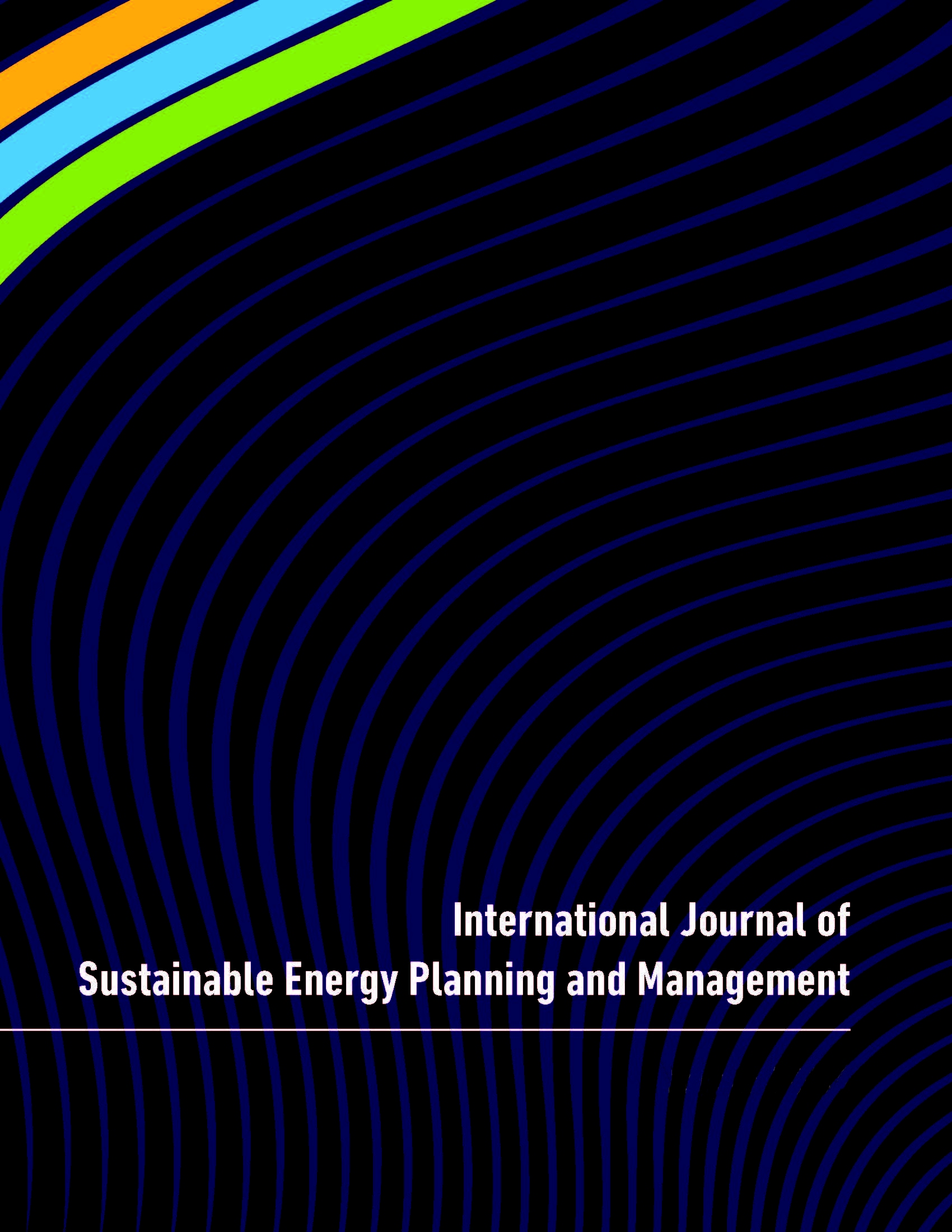Exergy analysis of the Colombian energy matrix: An insight from its economic sectors and energy resources
Main Article Content
Abstract
In this paper, the exergy analysis of the Colombian energy matrix for the years 1975,1993, 2012 and 2016 is developed, based on data measured by the Colombian Planning Office of Mining and Energy (UPME) along with the reported values of the general exergy performance of industrial processes and other specific to the productive activities of the Colombian energy matrix. Differently from the existent evaluation methodology of the Latin American Energy Organization (OLADE), in this work, a methodology based on the concept of exergy (i.e. the combined analysis of the First and Second law of the Thermodynamics) is used to assess the performance of each economic sector without the need for differentiating between primary and secondary resources. The exergy performance of the utilization of the various energy resources through the different economic sectors is represented via Grassmann diagrams from two points of view, namely representing the exergy losses by energy resource and determining the exergy losses by economic sector. The first approach focuses on the study of how the resources are used in the Colombian energy matrix, whereas the latter one focuses on how efficient the Colombian economic sectors perform. As a novel outcome, it was possible to evidence an increasing trend, although still incipient, of the evolution of the overall exergy efficiency of the Colombian energy sectors. These results prove to be useful in identifying the actual bottlenecks and forecast the future shortcomings that the planning offices and economic decision-makers will face in the scenario of a newly industrializing country with a growing and energy demanding population.
Article Details
Articles published in International Journal of Sustainable Energy Planning and Management are following the license Creative Commons Attribution-NonCommercial-NoDerivs 3.0 Unported (CC BY-NC-ND 3.0)
Authors retain copyright and grant the journal right of first publication with the work simultaneously licensed under a Creative Commons Attribution License: Attribution - NonCommercial - NoDerivs (by-nc-nd). Further information about Creative Commons
Authors can archive post-print (final draft post-refereering) on personal websites or institutional repositories under these conditions:
- Publishers version cannot be stored elsewhere but on publishers homepage
- Published source must be acknowledged
- Must link to publisher version

